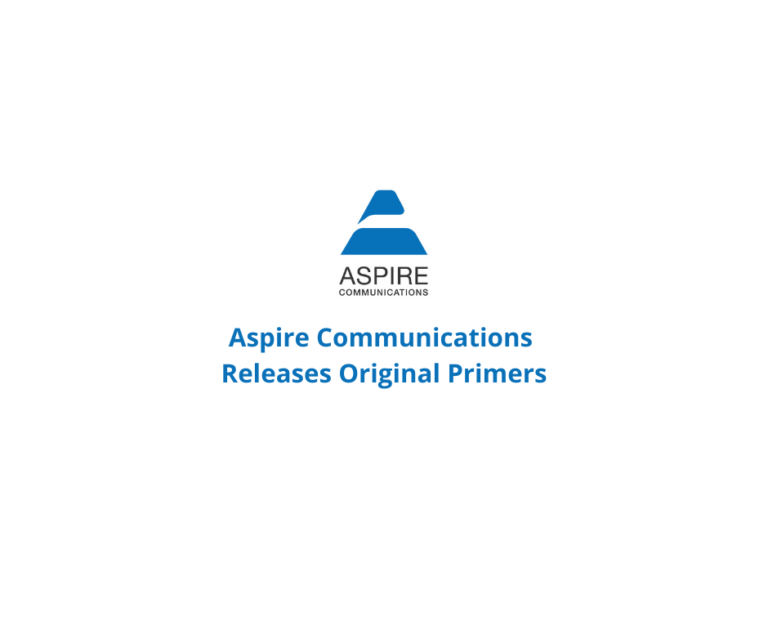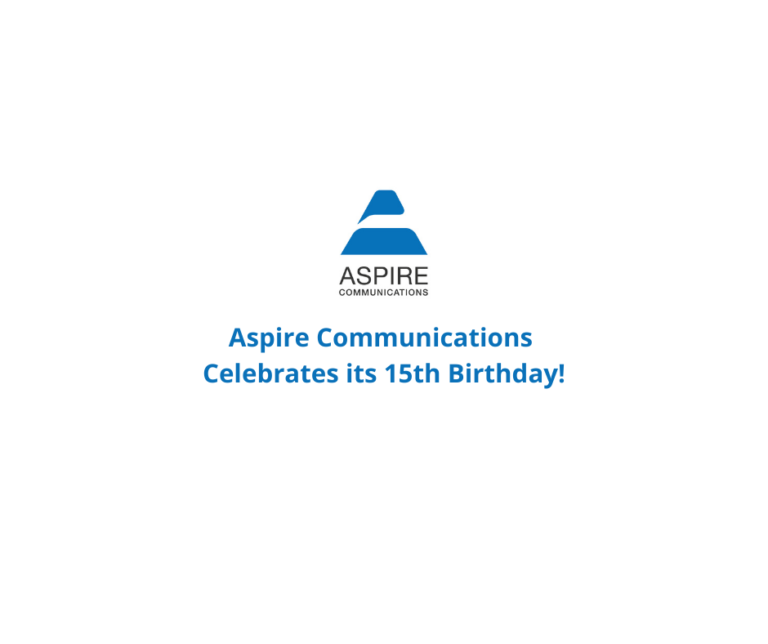Imagine this: You invest a considerable amount of time, money and human resources into developing a language-training program. All members of your organization join this program, but only 25% improve when measured against your main metrics. Why? What was the issue?
In 1885, German psychologist Hermann Ebbinghaus ran a study on himself to find out why we forget what we’ve learnt so easily (and how we can prevent it). He published his hypothesis as Über das Gedächtnis (Memory: A Contribution to Experimental Psychology) [1]. His research produced the “Forgetting Curve” – a visual representation of the way that learned information is forgotten with time (see figure 1, below).
The main points from Ebbinghaus’ theory were:
- Learned information is lost with time. If we learn something new but make no attempt to review or relearn it, we remember less of that information as time goes by.
- The biggest drop in retention is straight after learning takes place. Notice how (in figure 1) retention drops precipitously between days 1 and 2. Without review or reinforcement, our ability to retain information deteriorates. For example, you may leave a workshop or training session with your head full of new skills and language, only to find that you can remember very little of it just hours later.
- It’s easier to remember things that are loaded with meaning. Things with little or no relevance (like the syllables Ebbinghaus tried to learn) are most likely to be forgotten. So, for example, if you’re in a workshop on a subject that you don’t really understand or you’re in a Business English less on that’s not very relevant to your work, you’ll likely forget it faster than if it were on a subject that you found really engaging or relevant.
- Presentation matters! The same set of information can be made more or less memorable, depending on how well it’s presented. Trainees will likely find it easier to remember something that’s been organized logically and presented clearly.
- How one feels affects how well one remembers. Ebbinghaus believed that physiological factors, such as stress and sleep, play an important part in how much information we retain. Many trainees experience this as a vicious cycle – they feel stress, which makes it harder to remember, creating even more stress.
If you’re in a workshop on a subject that you don’t really understand or you’re in a Business English lesson that’s not very relevant to your work, you’ll likely forget it faster than if it were on a subject that you found really engaging or relevant.

Combatting the Forgetting Curve
For HR professionals, learning & development specialists, trainers and their trainees, then, the question is: how can we ensure maximum (or as close to) retention after training? The aim of any good training program (or workshop, seminar etc.) should be to replicate the learning process in Figure 2 (below).
How might one do that?
- Incorporate distributive practice into your program. While retention decreases over time (see Figure 1), a review session soon after the original learning can stop the loss of retention [3]. This session should ideally:
1) Be soon after the original learning (see Figure 2) and
2) Take a different medium to the original learning medium (original learning – F2F training/review medium – e-learning video/quiz).
- Invest in excellent e-learning software. It’s now easier than ever (with LMS and WordPress etc.) to create engaging content for trainees. Long gone are the days of one-week training workshops held in the countryside. With remote working now the norm, trainees need learning content packaged and delivered in a way that’s meaningful (the next point) to their work and industry. With learning portals, such as Moodle, and interactive content, like H5P, there is now no excuse not to create customized e-learning activities to encourage review and increase retention.
- Make information meaningful. Why should a trainee invest their time in the review process? Well first, we should make them aware of the findings of the Forgetting Curve! Then, however, review activities need to be relatable (how is this related to my job, my experience?), customized (for the trainees’ needs) and provide a clear benefit (what will I get if I review regularly?).
With learning portals, such as Moodle, and interactive content, like H5P, there is now no excuse not to create customized e-learning activities to encourage review and increase retention.

Take-Home Message
The Forgetting Curve is an issue that all trainers and their trainees must contend with. It shows how retention wanes over time unless we take action to prevent it. The bad news? Retention starts to deteriorate in just 24 hours. The good news? We can do something to stop it.
Incorporate distributive practice into your training program (with an e-learning site or scheduled trainee check-ins) and consider creating review content that is meaningful, customized and relevant to your members’ or trainees’ needs.
Aspire Communications has been a pioneer of distributive practice and e-learning for over 15 years. Our e-learning site, Go Global (below), was developed with our trainees’ needs in mind and it’s what makes Aspire the first choice for many international companies with offices in Japan.

References
[1] Ebbinghaus, H. (1885). ‘Memory: A contribution to experimental psychology,’ New York: Dover. Available here.
[2] Murre, J. M. & Dros, J. (2015). ‘Replication and Analysis of Ebbinghaus’ Forgetting Curve,’ PloS one, 10(7). Available here.
[3] Cepeda, N., Pashler, H., et al. (2006). ‘Distributed Practice in Verbal Recall Tasks: A Review and Quantitative Synthesis,’ Psychological Bulletin [online]. Available here.






